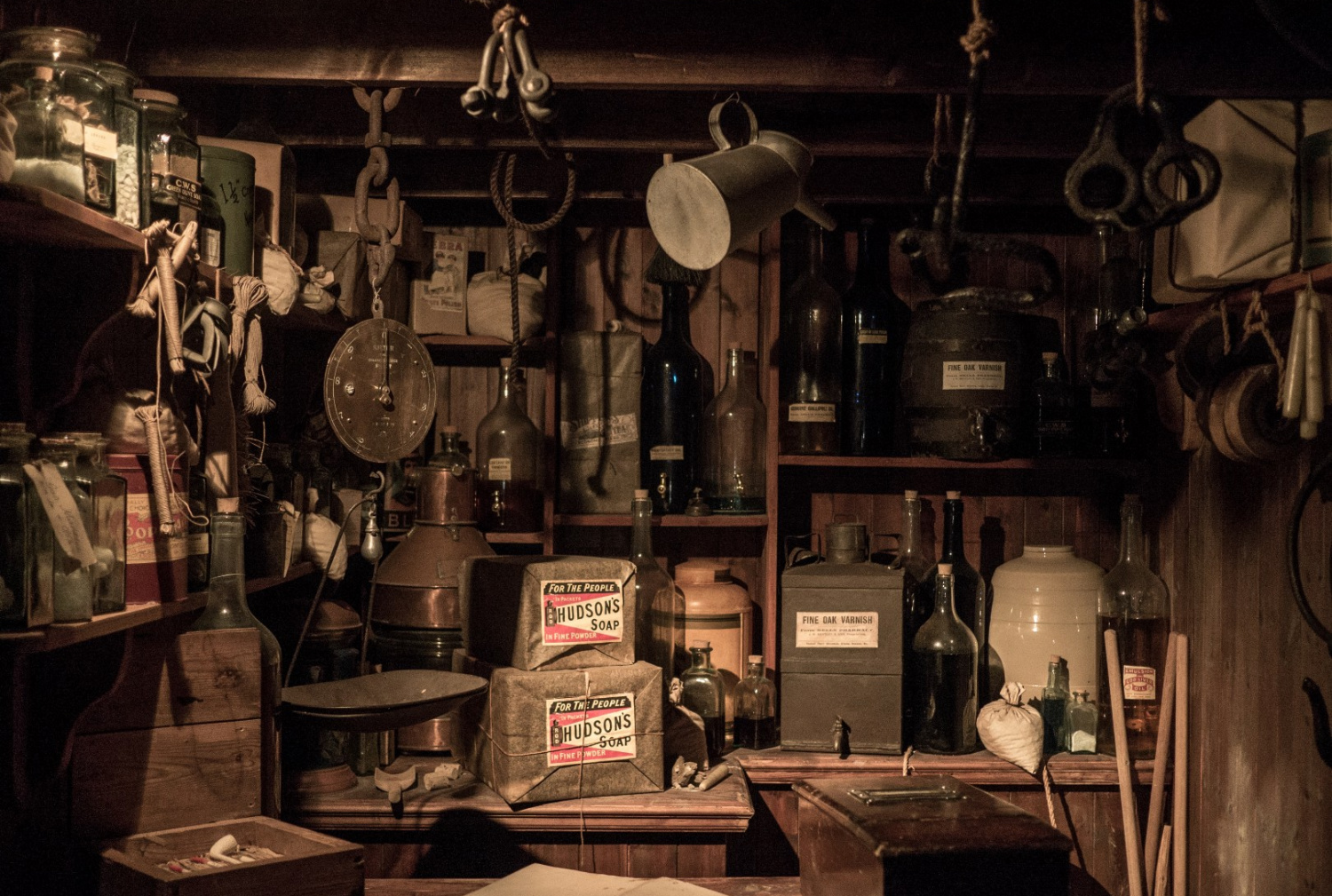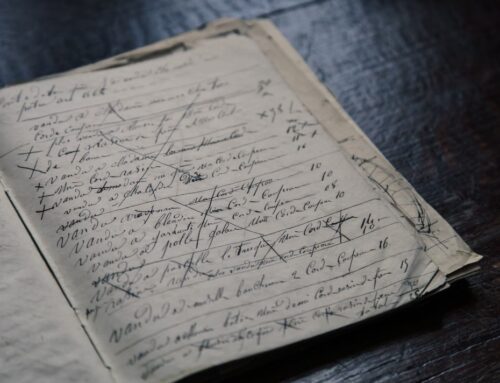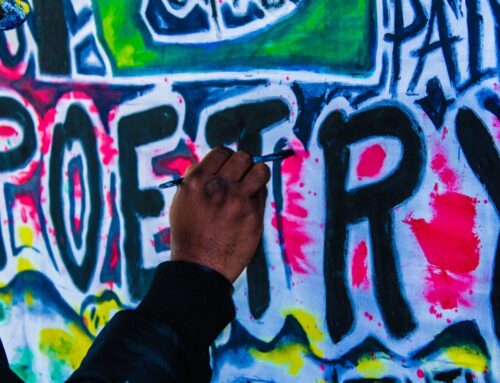The piece below is an extract taken from Charles Dickens’ ‘The Old Curiosity Shop’, I often use it to teach English Language Descriptive and Narrative Writing, so I thought I’d upload it here with example exam-style questions that would be suitable for GCSE and IGCSE study (AQA, Edexcel, OCR, WJEC / Eduqas, CCEA, CIE / Cambridge exam boards).
(Feel free to also use it as a piece to analyze in terms of style and techniques that can inspire your own creative writing too!)
Thanks for reading! If you find this page useful, you can take a look at our full Basic Descriptive Writing course; Advanced Descriptive Writing course, and other English Language and Literature courses
THE EXTRACT
A part of this door was of glass unprotected by any shutter, which I did not observe at first, for all was very dark and silent within, and I was anxious (as indeed the child was also) for an answer to our summons. When she had knocked twice or thrice there was a noise as if some person were moving inside, and at length, a faint light appeared through the glass which, as it approached very slowly, the bearer having to make his way through a great many scattered articles, enabled me to see both what kind of person it was who advanced and what kind of place it was through which he came.
It was an old man with long grey hair, whose face and figure as he held the light above his head and looked before him as he approached, I could plainly see. Though much altered by age, I fancied I could recognize in his spare and slender form something of that delicate mould which I had noticed in a child. Their bright blue eyes were certainly alike, but his face was so deeply furrowed and so very full of care, that here all resemblance ceased.
The place through which he made his way at leisure was one of those receptacles for old and curious things which seem to crouch in odd corners of this town and to hide their musty treasures from the public eye in jealousy and distrust. There were suits of mail standing like ghosts in armour here and there, fantastic carvings brought from monkish cloisters, rusty weapons of various kinds, distorted figures in china and wood and iron and ivory: tapestry and strange furniture that might have been designed in dreams. The haggard aspect of the little old man was wonderfully suited to the place; he might have groped among old churches and tombs and deserted houses and gathered all the spoils with his own hands. There was nothing in the whole collection but was in keeping with himself nothing that looked older or more worn than he.
As he turned the key in the lock, he surveyed me with some astonishment which was not diminished when he looked from me to my companion. The door being opened, the child addressed him as grandfather, and told him the little story of our companionship. ‘Why, bless thee, child,’ said the old man, patting her on the head, ‘how couldst thou miss thy way? What if I had lost thee, Nell!’ ‘I would have found my way back to YOU, grandfather,’ said the child boldly; ‘never fear.’ The old man kissed her, then turning to me and begging me to walk in, I did so. The door was closed and locked. Preceding me with the light, he led me through the place I had already seen from without, into a small sitting-room behind, in which was another door opening into a kind of closet, where I saw a little bed that a fairy might have slept in, it looked so very small and was so prettily arranged. The child took a candle and tripped into this little room, leaving the old man and me together.
QUESTIONS (with highlighted keywords)
- Re-read the second paragraph, list four things about the man. (4 marks)
- In what ways does the writer use language to describe the shop in the following extract? (8 marks)
The place through which he made his way at leisure was one of those receptacles for old and curious things which seem to crouch in odd corners of this town and to hide their musty treasures from the public eye in jealousy and distrust. There were suits of mail standing like ghosts in armour here and there, fantastic carvings brought from monkish cloisters, rusty weapons of various kinds, distorted figures in china and wood and iron and ivory: tapestry and strange furniture that might have been designed in dreams. The haggard aspect of the little old man was wonderfully suited to the place; he might have groped among old churches and tombs and deserted houses and gathered all the spoils with his own hands. There was nothing in the whole collection but was in keeping with himself nothing that looked older or more worn than he.
3. Throughout the whole extract, how has the writer structured the text to interest you as a reader? (8 marks)
4. A student said “The end of the extract, where we realise the man is the little girl’s grandfather, is a happy but unexpected moment”. To what extent do you agree with this viewpoint? Write a full argumentative essay explaining your opinion. (20 marks)
5. Using the image above as inspiration, write a creative piece in which you describe an overly cramped or crowded place. (40 marks)
Thanks for reading! If you find this page useful, you can take a look at our full Basic Descriptive Writing course; Advanced Descriptive Writing course, and other English Language and Literature courses.
If you’re interested, check out our various articles about Descriptive Writing and Writing Skills.












